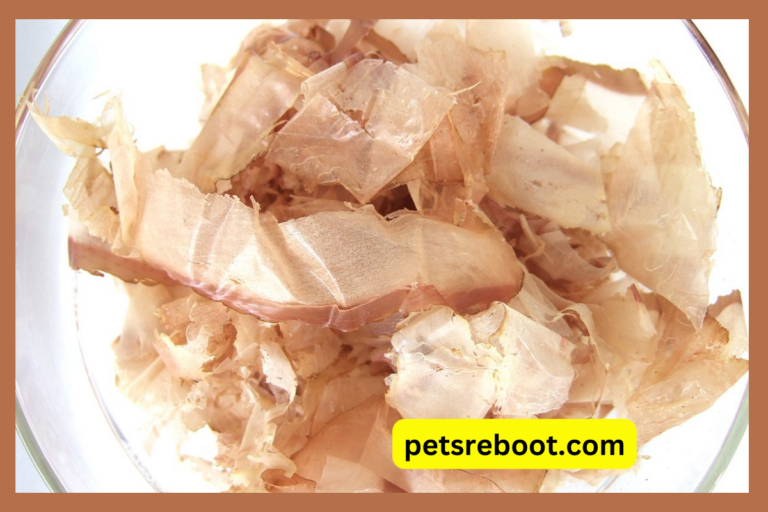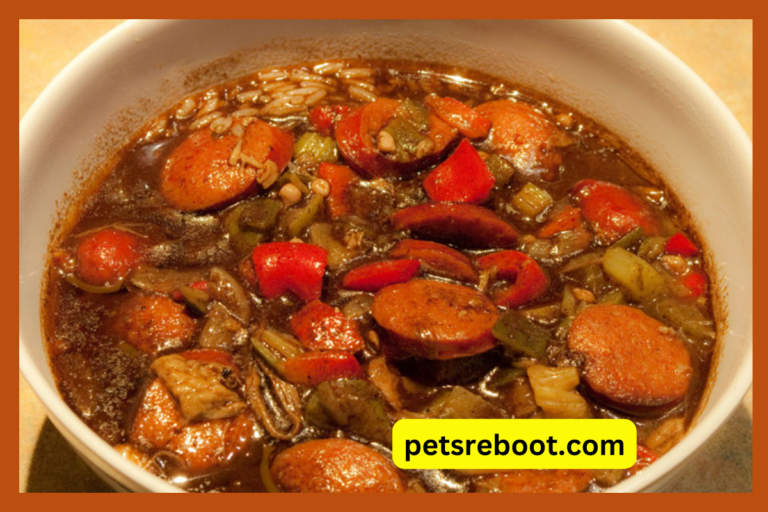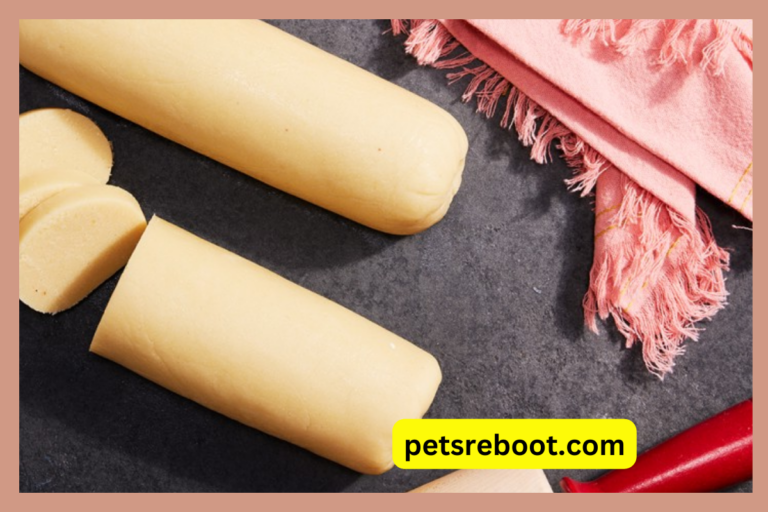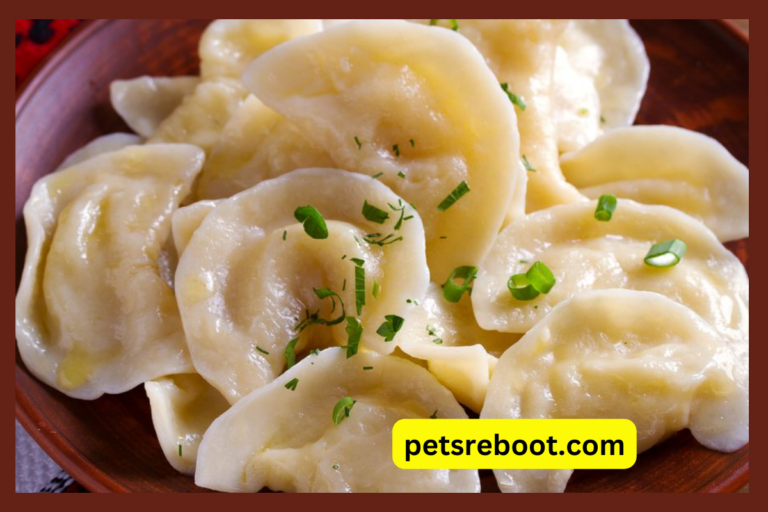Can Dogs Eat Silver Skin?
When preparing a meal, you might find yourself trimming off the shiny, tough layer known as silver skin from meats like pork, beef, or lamb. It’s a common piece of the butchering process, and it’s likely you’ve wondered whether this trim can go to good use—like maybe as a treat for your dog. But before you hand it over, let’s explore whether it’s safe or not.
Can Dogs Eat Silver Skin?
The short answer is no, dogs should not eat silver skin. While it might seem like a good way to reduce waste and treat your pet, there are several reasons why silver skin is not suitable for dogs.
Risks of Feeding Silver Skin to Dogs
Digestive Issues
Silver skin is made up of tough connective tissues that are not only hard for dogs to chew but also difficult for them to digest. Unlike other parts of the meat that might be soft and easy to break down, silver skin can lead to gastrointestinal upset, including diarrhea and vomiting. It’s fibrous and resilient, which means it can potentially cause blockages in the intestines if swallowed in large pieces.
Choking Hazard
Due to its tough and rubbery nature, silver skin poses a choking hazard, particularly for smaller dogs or those who tend to gulp their food without chewing properly. It’s rigid enough to get stuck in the throat, creating an emergency situation that nobody wants to encounter.
No Nutritional Benefit
Even if a dog were able to consume silver skin without immediate ill effects, it offers no nutritional value. It is essentially just connective tissue, consisting mostly of collagen and elastin, proteins that are not particularly beneficial or necessary for your dog’s diet. Your furry friend would be much better off getting nutrients from more digestible and beneficial sources.
Final Thoughts
While it might seem thrifty or harmless to give your dog the silver skin off your meat cuts, it’s clear that the risks far outweigh any potential benefits. Instead of feeding your dog silver skin, opt for healthier, safer treats that are designed with their digestion in mind. If you’re looking to make use of leftovers, consider whether they are truly suitable for canine consumption. When in doubt, sticking to dog-specific foods and treats is always the safest route. After all, keeping your dog healthy and happy is the priority, and that means being cautious about their diet!







